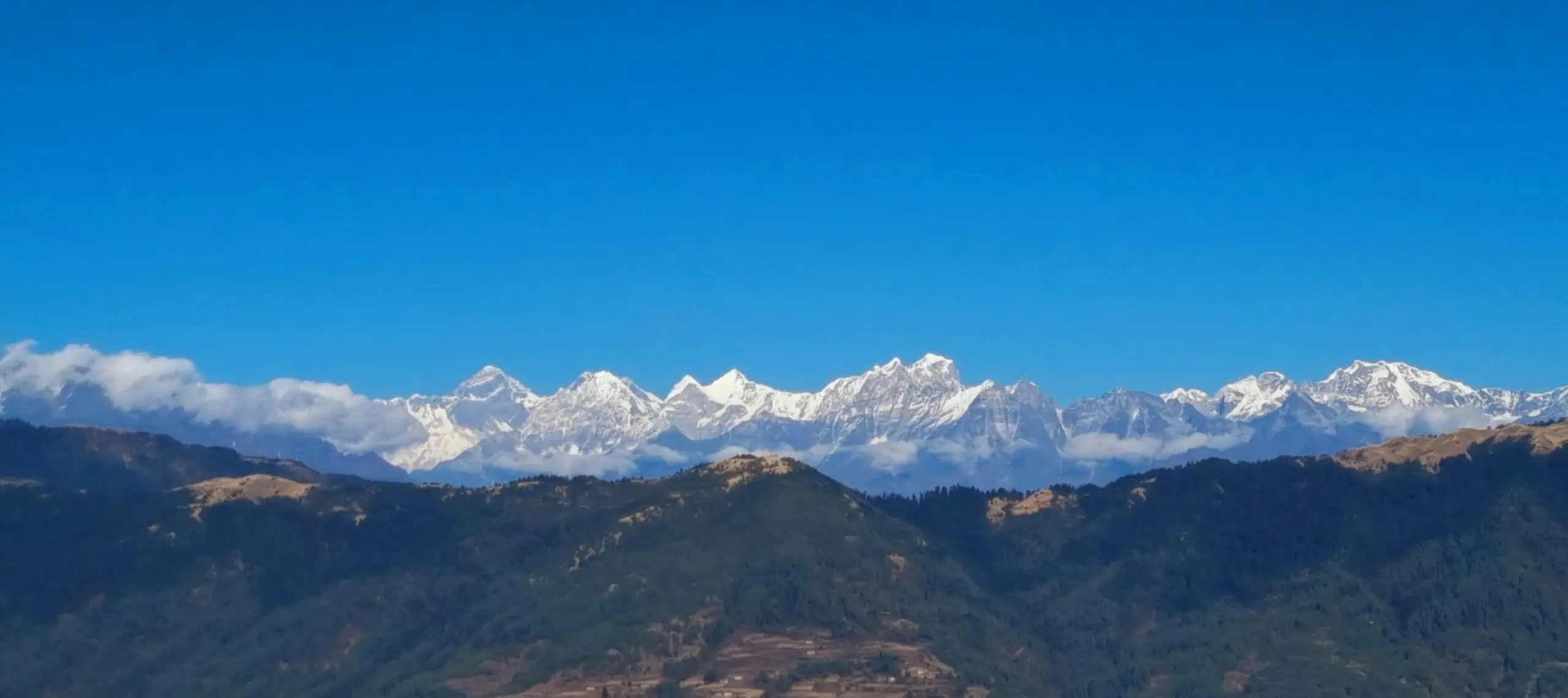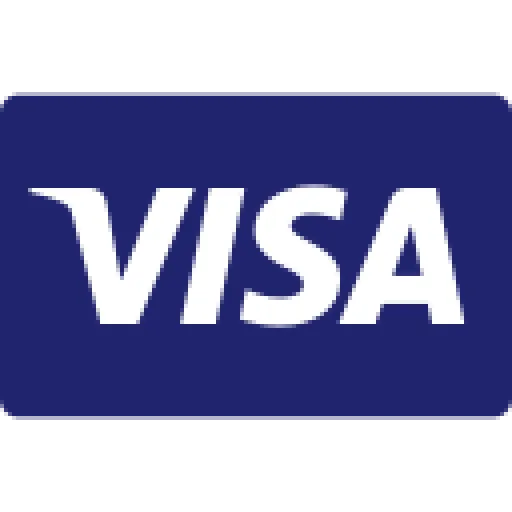
Royal Trek 9 Days
USD 695
USD 599 per person
| Activities | - | Fitness Level | Easy |
| Max Elevation | 1730m | Commute | Kathmandu to Pokhara |
| Best Month | Autumn,Spring,summer,winter | Group Size | Min: 2, Max: 10+,single |
| Arrival on | Kathmandu | Depart From | Kathmandu |
| Meal | B L D | Duration | 9 Days |
| Stay | Hotel & Tea House | Price | USD 599 per person |
Royal Trek is a soft Trek in the middle hills with the awesome backdrop of Annapurna Range. The Royal trek is one of the short and soft trek in the shrub like path on the foothills of Annapurna. During the early eighties, Prince Charles had explored this route along with his 90 entourage person. Since then, this route is so-named as The Royal Trek. This trek provides an opportunity to explore diverse culture and people living in this region. This trek just begins in the beautiful lakeside city Pokhara and enter to the beautiful Hamlets of Gurungs. Encounters the stunning views of the traditionally built barley terraces, even more beautified by the magnificent views including Annapurna range, Macchapuchhre and the Langtang range. This trek allow to capture the traditional lifestyles of the tribes that are still remained unchanged and continuation from thousands of years. With less crowd, experience rich culture, tradition and picturesque landscape. In addition, if you want to enjoy natural beauties, enhance cultural experiences; you could join our Khopra Valley Trek- 14 Days or Sikles Trek-12 Days. You could also join our challenging trekking route to Annapurna Region by joining our Round Annapurna Trek-19 Days or Tilicho Lake and Annapurna Circuit Trek-15 Days. If you are not satisfied with this itinerary or if you want to customize this package in your timeline or budget, then you could contact us, or email to [email protected]
Outline Itinenary:
Day 01: Arrival day in Kathmandu (Altitude: 1350/4428 ft. Meal: Dinner)
Day 02: Sightseeing Tour in Kathmandu (Pashupatinath temple, Swyambhu Stupa and Kathmandu Durbar Square) (Altitude: 1350/4428 ft. Meal: Dinner)
Day 03: Drive to Pokhara, transfer to Hotel. (Altitude: 890 m/2849 ft.; Drive: 5/6 hrs. Meal: B)
Day 04: Drive to Bijayapur and trek to Kalikasthan (Altitude: 1370 m/4496 ft.; Drive: 1 hour; Trek: around 5 hours; Meal: BLD)
Day 05: Trek to Syaklung (Altitude: 1730 m/5675 ft.; Trek: 5 - 6 Hrs. Meal: BLD)
Day 06: Trek to Chisapani (Altitude: 1550 m/5084 ft.; Trek: 5-6 Hrs. Meal: BLD)
Day 07: Trek to Begnas Lake and drive to Pokhara (Altitude: 890 m/2849 ft.; Trek: 5-6 Hrs. Meal: BLD)
Day 08: Drive to Kathmandu (Altitude: 1350/4428 ft. Meal: Breakfast/Dinner)
Day 09: Depart Kathmandu (Altitude: 1350/4428 ft. Meal: Breakfast)
Costs
What is included
🟢Airport transfer by Hiking Nepal office representative in a private vehicle
🟢Welcome Dinner at Typical Nepalese Restaurant with cultural dance show
🟢Farewell Dinner at finest restaurant in Thamel Kathmandu
🟢Guided sightseeing tour in Kathmandu by English speaking local guide
🟢3 nights’ accommodation at Hotel Blue Horizon in Kathmandu with breakfast on twin sharing basis
🟢3 nights’ accommodation at well and comfortable Mountain Lodge available en-route during trek (Few nights’ at during trek with attached bathroom/toilets)
🟢2 night’s accommodation at Hotel Landmark in Pokhara with breakfast on twin sharing basis
🟢Full board meal during trek (Breakfast, Lunch, Dinner, tea & coffee, seasonal fruits, chocolate/s & biscuits)
🟢English speaking, First Aid and Eco-trained local trekking guide, Assistance guide as per the group size, porters (2:1)
🟢All the expenses for guide and porters along with Insurance
🟢Kathmandu/Pokhara/Kathmandu transfer in a Tourist Bus
🟢Trek transfers in a private vehicle
🟢Annapurna Conservation Area Project (ACAP) fee
🟢Trekkers’ Information Management System (TIMS) Card fee
🟢Exclusive medical kit bag, Duffle Bag, Trekking T-shirt, Trekking Maps, Adventure Certificate
🟢Sleeping Bag and Down Jacket during Trek
🟢All government and local taxes as applicable
What is not included
🔴Nepal Visa - (Cost- US$- 30 for 15 days & $- 50 for 30 days)
🔴Lunch & evening meals while in Kathmandu (Except welcome/farewell dinner)
🔴Travel insurance
🔴Cost of personal nature expenses, Beverages (Mineral water or coca-cola), cost of extra meals, snacks, phones bills, Internet, WiFi, laundry etc.
🔴The cost incurred during emergencies, evacuations
🔴Tips for Guide/porters/driver …
DETAILED ITINERARY
Day 1: Arrival day in Kathmandu (Altitude: 1350/4428 ft. Meal: Dinner)
On your arrival in Kathmandu International Airport, one of our representative will pick up you and escort you to the hotel as well as help you to check-in at hotel. After your refreshment, you will be briefed about the next day trip. In the evening, we, the Hiking Nepal will offer you a welcome dinner introducing Nepalese cuisine and culture.
Day 2: Sightseeing Tour in Kathmandu (Pashupatinath temple, Swyambhu Stupa and Kathmandu Durbar Square) (Altitude: 1350/4428 ft. Meal: Dinner)-
After your delightful breakfast, you will be introduced with guide and takes you to UNESCO Heritages sites of the valley where you will observe living heritage of Medieval Nepal – Witness the biggest Hindu temple of Nepal, Pashupatinath and capture the sacred moments of Hindu death ritual at Aryaghat in Pashupatinath. Stroll the lively streets of Kathmandu Old Market Asan to Kathmandu Durbar Square and visit the home of The Living Goddess Kumari, Nepalese style of Architecture as well as astonishing wooden carving. A short drive from Kathmandu Durbar Square will take you to a hill top stupa called as “Swyambhu” meaning “self -emerge” and belief that the hill emerged impulsively from the great lake that once covered Kathmandu valley.
Day 3: Drive to Pokhara, transfer to Hotel. (Altitude: 890 m/2849 ft.; Drive: 5/6 hrs. Meal: B)-
Early morning, after breakfast, catch Tourist bus or we can also organize a private vehicle for you. Viewing countryside villages, farm, shops and river, you will reach at Pokhara. A beautiful place with tremendous views of mountains and lakes. You can also go for Boating at Fewa Lake. Overnight at Hotel.
Day 4: Drive to Bijayapur and trek to Kalikasthan (Altitude: 1370 m/4496 ft.; Drive: 1 hour; Trek: around 5 hours; Meal: BLD)-
After Breakfast at Hotel, you will have an hour drive to Bijayapur River, which is the initial point to starts trek. Walk for an around in a flat paddy field and crossing a river, trail ascend through the village of Rakhigaun and Chautara. Here, you can rest for a while and proceed your journey towards Kalikasthan. You can either camp or accommodate in local lodge.
Day 5: Trek to Syaklung (Altitude: 1730 m/5675 ft.; Trek: 5 - 6 Hrs. Meal: BLD)-
Today, you will follow the trail that passes several villages and takes you to the forested ridge top. It offers a manifesting views of Mt. Annapurna and Mt. Lamjung. Continue the ridge trail till Lipini, from where you will make a steep climb to a beautiful Gurung village of Syaklung. Overnight at Local lodge.
Day 6: Trek to Chisapani (Altitude: 1550 m/5084 ft.; Trek: 5-6 Hrs. Meal: BLD)-
From Syaklung, walking through the Gurung village having tiny tea shops, you will reach to a forest of Rhododendron and Sal. Passing forest trail, you will walk down trail and then ascend leading to an easy path towards Chisapani. It is a perfect site to grasp the spectacular view of mountains. Overnight at local lodge.
Day 7: Trek to Begnas Lake and drive to Pokhara (Altitude: 890 m/2849 ft.; Trek: 5-6 Hrs. Meal: BLD)-
After breakfast, continue walking on a downhill trail till Rupa Lake and then make a final ascent to the ridge top that separates Rupa Lake and Begnas Lake. From ridge, descend to the Begnas Bazzar to pick up vehicle for drive back to Hotel at Pokhara. Overnight at Hotel.
Day 8: Drive to Kathmandu (Altitude: 1350/4428 ft. Meal: Breakfast/Dinner)-
After Breakfast, catch a vehicle to drive back to Kathmandu. On the way, you can enjoy the landscape, scattered villages and highway shops. Once you arrive in Kathmandu, you will be directly transferred to Hotel. Take rest and spend time as you like. Give your Evening time, we invite you for farewell dinner at authentic restaurant. You can share your experience, feedback us and give us a chance to make your evening a wonderful time.
Day 9: Depart Kathmandu (Altitude: 1350/4428 ft. Meal: Breakfast)-
If you are departing for homeland, one of our team member will help you to check-out at hotel and transfer you to airport. Do you have any further planning, you can let us to organize.
DEPARTURE DATES
| START DATE | END DATE | STATUS | PRICES |
|---|---|---|---|
| No departures found for October | |||
FAQ
No FAQs available for this tour.
REVIEWS
No reviews yet.
RELATED TRIPS

Sunder Peak Trek
Sunder Peak, a short trekking in the Everest Region follows the traditionally and historically impor...
More Details
Pikey Peak Trek
Pikey Trek- short and outstanding trekking to the Himalayas viewing the stunning Himalayas including...
More Details
| 1 person | 2-7 person | 8+ person |
|---|---|---|
|
$ 599
Partial Pay
|
$
545
/ per
Partial Pay
|
$
499
/ per
Partial Pay
|




- Speak to one of our travel consultants
- Call Us (24/7) : +977 9802342080
-
 WhatsApp (24/7) : +977-9802342080
WhatsApp (24/7) : +977-9802342080
Planning a Trip?
We have a pool of travel experts working in this industry for more than a decade. Consult to get started
BOOK A CALL